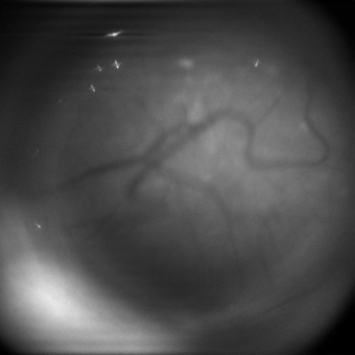Synchronous neural activity is a hallmark of two states of unconsciousness: general anesthesia and sleep. The mechanisms and functions of synchronous neural activity under these states, including their similarity and differences, remain incompletely understood. As a Postdoctoral Research Fellow at Massachusetts General Hospital and Harvard Medical School, under the guidance of Drs. Christa J. Nehs and Emery N. Brown, my goal has been to reveal the influence of diverse brain regions and cell types on synchronous neural activity during anesthesia and sleep. Recently, I showed that stimulation of the parabrachial nucleus, a brainstem region involved in arousal, can reduce delta waves (low-frequency synchronous neural activity) during dexmedetomidine anesthesia, but not ketamine anesthesia (Melonakos et al., Anesthesiology, 2021). These results indicate that the delta waves observed during each anesthetic may be generated by different mechanisms, a possibility I am now investigating as a K99 recipient. As part of my K99 training, I have developed expertise in calcium imaging in freely behaving rodents using miniature, head-mounted microscopes. By combining this relatively new technology with electrophysiology, I am leveraging a novel approach to study synchronous neural activity during anesthesia and sleep.
My Ph.D. research at the University of Utah was with Drs. John A. White and Fernando R. Fernandez and also focused on synchronous neural activity. Cholinergic neurons in the medial septum-diagonal band of Broca synapse onto the hippocampus and influence the synchronous neural activity involved in learning. However, the input/output properties of these neurons were not fully understood. I showed that the firing rate and gain of these cholinergic neurons can be modulated if inputs are preceded by membrane hyperpolarization (Melonakos et al., Hippocampus, 2016). Then, I showed that cholinergic input from the medial septum may suppress hippocampal ripples (synchronous activity, from 140-220 Hz, that is important for memory consolidation) by disrupting the excitation/inhibition balance (Melonakos et al., Hippocampus, 2019).
My goal as an independent investigator is to develop an externally funded research program focused on the neural mechanisms of general anesthesia and sleep. My lab will use modern neuroscience techniques, such as in vivo calcium imaging, optogenetics, and electrophysiology, to investigate the origins and functions of synchronous neural activity during anesthesia- and sleep-induced unconsciousness. Our research will fill critical knowledge gaps in our understanding of the mechanisms of anesthesia and sleep, improving our understanding of various states of consciousness. In broader impacts, our research has potential to improve clinical monitoring during anesthesia and guide development of sleep aids that mimic natural sleep.
As part of my research efforts, I look forward to creating a welcoming and inclusive lab, where trainees from diverse backgrounds and perspectives can receive equitable treatment and mentorship.
